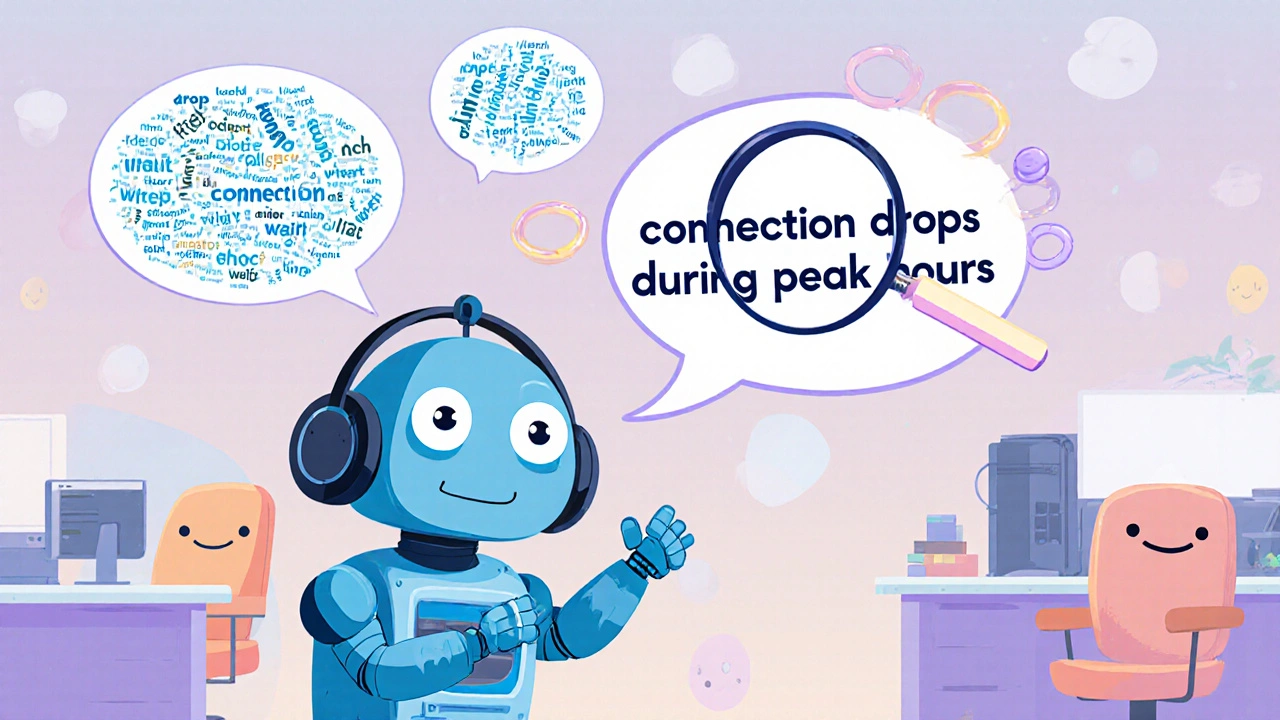Keyword Detection in VoIP: How Call Labeling Improves Business Communication
When you hear keyword detection, the process of identifying specific words or phrases in voice calls to trigger actions or record insights. Also known as speech analytics, it's not just for call centers—it's becoming essential for any business that relies on phone conversations to close deals, solve problems, or serve customers. Think of it like a smart filter that listens in on calls and tags them based on what’s said. Did a customer mention "price," "refund," or "competitor"? That’s keyword detection at work. It turns hours of audio into structured data you can actually use.
This isn’t science fiction. Systems like OpenPhone, Quo, and cloud-based contact center platforms already use keyword detection to auto-tag calls as "hot lead," "complaint," or "follow-up needed." These tags are called call dispositions, the standardized labels assigned to call outcomes for reporting and analysis. They’re the backbone of call tagging, the practice of categorizing calls by intent, outcome, or topic to improve team performance. And when you combine keyword detection with call tagging, you stop guessing why sales dropped or why support tickets spiked. You know exactly which phrases are driving results—or problems.
It’s not just about sales. A church using VoIP can tag calls as "donation inquiry" to track giving trends. A school can detect "emergency" or "safety concern" to prioritize urgent calls. Even remote teams use it to flag calls needing manager review. The real power? You don’t need fancy AI. Most platforms let you set simple rules: if the word "cancel" appears in the first 30 seconds, tag it as "churn risk." That’s it. No engineers needed.
What you’ll find below are real-world guides on how to set this up, which tools actually deliver accurate results, and how to avoid the traps that make keyword detection useless—like false positives from background noise or mislabeled dispositions. You’ll see how companies cut call handling time by 25%, improved compliance with TCPA and HIPAA, and turned call data into a live dashboard for team coaching. This isn’t theory. It’s what’s working right now for businesses just like yours.
